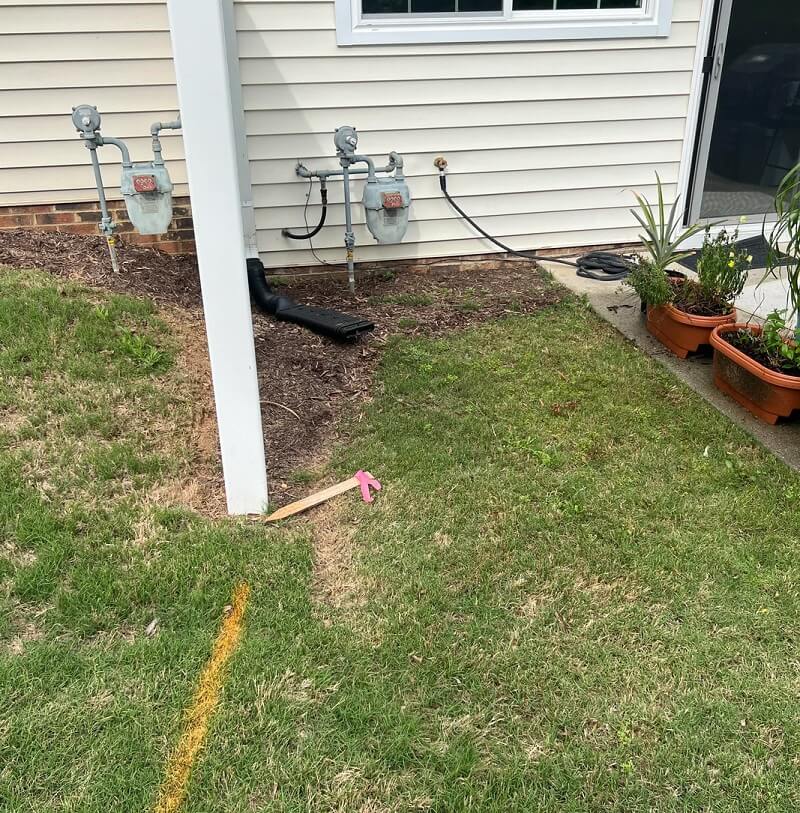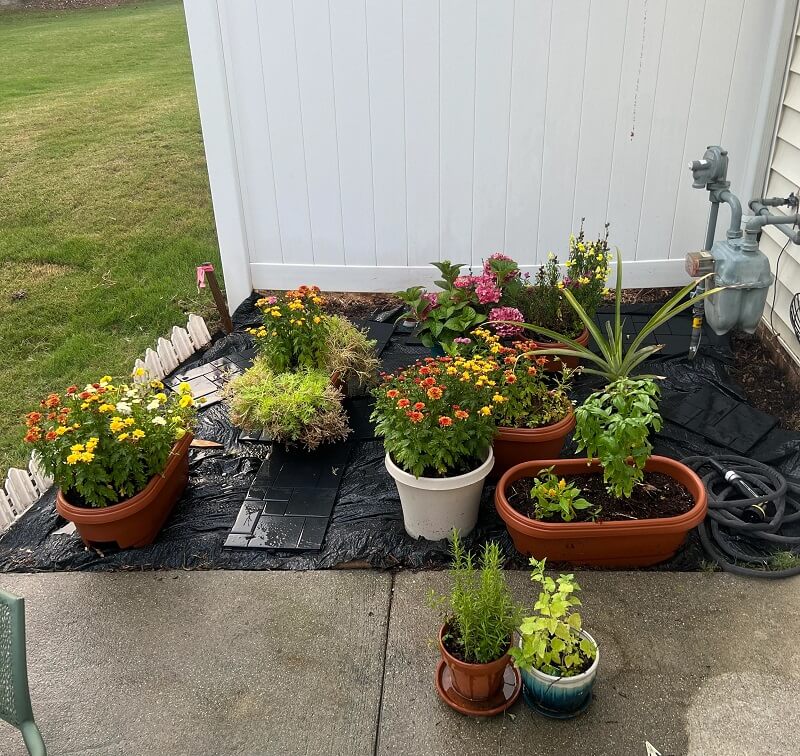Traditional grass lawns are boring and not good for your local ecosystem. In recent years, many people have learned the benefits of native plants. One homeowner shared their progress on reclaiming a small portion of their turf.
In a post on r/NoLawns — a community dedicated to alternatives to monoculture lawns — one homeowner showed their plan for native flora. The Redditor shared two photos, one showing the small corner of their yard and the second showing the plants they were using. "I'm reclaiming a small part of our lawn from the terrible HOA grass," they beginner gardener wrote.


They provided details in the comments: "Adding new soil today to be able to start planting. Would love to add some NC native plants and bee and butterfly friendly plants. Located in Raleigh, NC. Area gets lots and lots and lots of sun, starting around 11am until sunset."
Getting rid of grass and rewilding your lawn can save you money on watering and pesticides. While this person was not replacing a massive section, some homeowners can save hundreds of dollars a year with a natural lawn.
The National Wildlife Federation conducted a survey in 2022, finding, "The number of people planning to transform a portion of their lawn to wildflower native landscape has doubled from 9 percent in 2019 to 19 percent in 2021." This is great news for organizations such as Homegrown National Park, which are working to increase biodiversity in neighborhoods across the United States.
Unfortunately, for those living under a homeowners association, it may prove challenging to grow native plants. Many HOAs have strict rules about what your yard can look like and will fine and punish anyone who tries something different. While it may be an uphill fight, if you'd like to change your HOA's rules for things such as native plants, we have a helpful how-to.
Save $10,000 on solar panels without even sharing your phone number Want to go solar but not sure who to trust? EnergySage has your back with free and transparent quotes from fully vetted providers that can help you save as much as $10k on installation. To get started, just answer a few questions about your home — no phone number required. Within a day or two, EnergySage will email you the best local options for your needs, and their expert advisers can help you compare quotes and pick a winner. |
Commenters were happy to give advice on how to keep the section HOA-friendly. "Ground cover should be your focus," one person wrote. "You don't want the HOA sending you notices."
Someone else said, "I have a similar space [where] I planted lavender which after a few years completely covered the space. I have started on the other side now with rudbeckia."
Join our free newsletter for easy tips to save more, waste less, and help yourself while helping the planet.










